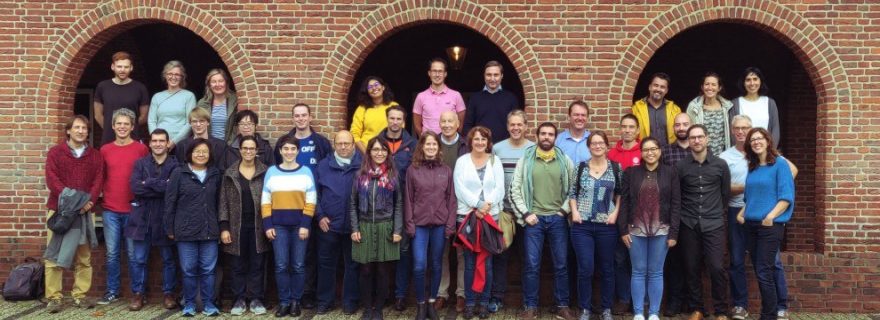
Given a citation network, main path analysis identifies one or more paths in the network that are considered to represent the most important scientific developments. Main path analysis, originally proposed by Hummon & Doreian, is a widely used technique for tracing historical developments in science.

#Vincent traag software
Other software tools, most notably CiteSpace and CRExplorer, provide alternative approaches for tracing scientific developments based on citation data. More recently, a software tool called CitNetExplorer was developed that has similar functionality but offers more flexibility in analysing large-scale citation networks. This tool supports users in tracing historical developments in science, a process sometimes referred to as algorithmic historiography by Garfield et al. Garfield also developed a software tool called HistCite that visualizes citation networks of scientific publications. concluded that citation analysis is ‘a valid and valuable means of creating accurate historical descriptions of scientific fields’. In a report published more than 50 years ago, Garfield et al. The idea of tracing scientific developments based on citation data goes back to Eugene Garfield, the founder of the Science Citation Index. Compared to the main path analysis, we conclude that intermediacy offers a more principled approach for tracing the historical development of scientific knowledge.Ĭitation networks provide invaluable information for tracing historical developments in science. Main path analysis tends to favour longer paths over shorter ones, whereas intermediacy has the opposite tendency. We show both conceptually and empirically how intermediacy differs from main path analysis, which is the most popular approach for tracing historical developments in citation networks. We then present two empirical case studies, one tracing historical developments at the interface between the community detection literature and the scientometric literature and one examining the development of the literature on peer review. After providing a formal definition of intermediacy, we study its mathematical properties. The identified publications are important in connecting the older and the more recent publication in the citation network. Given two publications, an older and a more recent one, intermediacy identifies publications that seem to play a major role in the historical development from the older to the more recent publication. We propose a new measure, called intermediacy, for tracing the historical development of scientific knowledge. Citation networks of scientific publications offer fundamental insights into the structure and development of scientific knowledge.


 0 kommentar(er)
0 kommentar(er)
